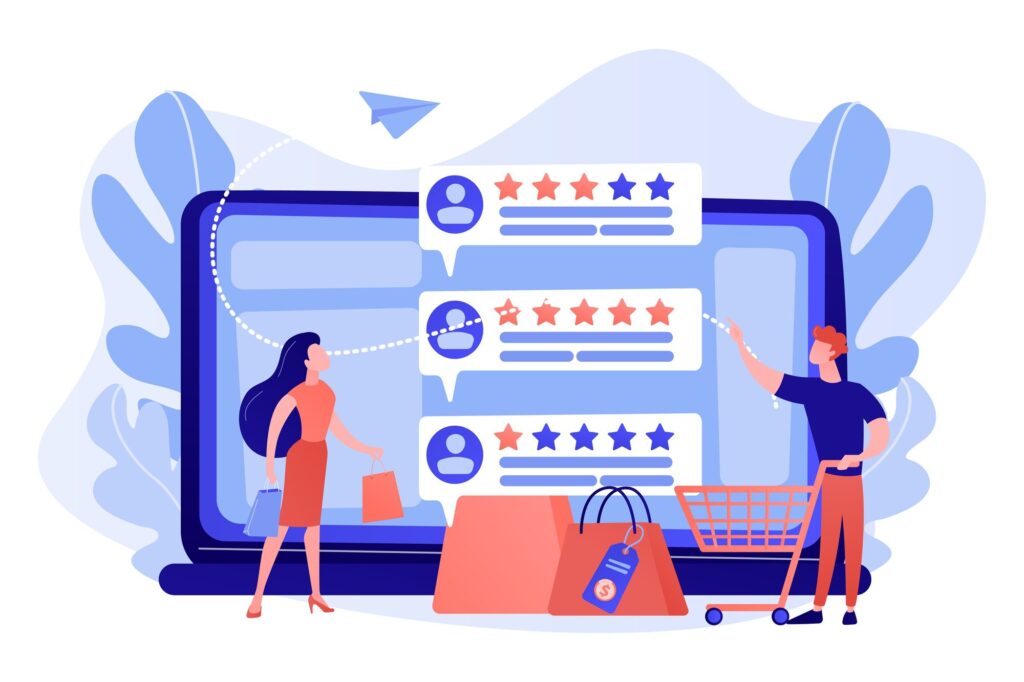In today’s high level of competition, organizations require changing methodologies that not only get the attention of potential customers but also effectively convince ROI to become loyal patrons. Lead generation as a concept is quite powerful when it comes to business promotion, brand establishment, and sales profitability. This article also aims to discuss how affordable lead generation impacts sales, customer acquisition, and business sustainability.
The importance of Lead Generation for business growth
Sales lead generation is considered to be one of the key practices of marketing and its importance cannot be overemphasized. Here are key reasons why lead generation is essential: Here are key reasons why lead generation is essential:
- Increased Sales: Lead generation therefore implies increased conversion ratios and better prospects for sales.
- Customer Acquisition: Targeted lead generation averts occupations that are likely not to exhibit any interest in your products or services.
- Brand Awareness: Such a strategy also helps to maintain high recognition of the brand in the market due to constant lead generation.
- Market Expansion: Invite also reveals that proper lead generation can open up new markets for the company and increase the customer base.
For a business to survive and expand, it is very important to be able to generate leads regularly. When a business lacks a continuous inflow of leads, it transforms into a situation where the funnel is empty hence causing stagnation or even demise.
Key elements of an effective Lead Generation strategy
Essentials that must be considered towards the development of proper lead generation include the following.
Targeted marketing: reaching the right audience
Run-of-network media and mass e-mails are completely wasteful practices when it comes to lead generation, as the essence of this strategy is targeted marketing. Such a concept subjects business entities to target and appeal to different people from different segments of the market.
Understanding customer segments
- Demographics: Lifestyle, gender, occupation level, and many other features have a direct influence on the customer’s choices and tendencies.
- Psychographics: Knowledge regarding the values, interests, and lifestyles of potential clients is useful when developing a marketing message.
- Behavioral Data: By reviewing the history of previous purchases, site visits, and active participation one can identify the needs and wants of the populace.
Implementing data-driven insights
- Enhanced Market Understanding: The use of data analysis tools helps in identifying the target market well thus helping in focusing on the customers.
- Personalized Marketing: Therefore, through the utilization of big data, various companies are in a position to develop specific marketing approaches that will entice specific groups of consumers which may lead to high conversion rates.
Quality Leads: The backbone of conversion success
It is not the quantity that we need but the quality of lead that is generated and that can only be achieved through lead generation services. Pure leads, on the other hand, are those who are truly interested in your company’s offerings and are, therefore, more likely to become clients.
Strategies for attracting quality leads
- Content Marketing: Sharing quality and relevant content that solves a problem or fulfills a necessity of the client will draw attention from quality traffic that is seeking a solution.
- SEO and SEM: Search engine optimization helps your business to place itself in positions that users are likely to visit especially if they are looking for specific items/ services you were offering.
- Social Media Engagement: Connecting with people who can potentially become clients is great on platforms such as social media as this is likely to attract the right people with the right belief systems that are in sync with your brand.
Measuring lead quality
- Lead Scoring: Using numerical values to grade the leads aims to focus on qualified leads depending on engagement levels, demography, and other factors.
- Tracking Conversion Rates: Converting the data into percentages for the lead conversion rates will enable marketers to compare the various lead sources and identify those with higher quality.
Optimizing the sales funnel for maximum ROI
There are basically four steps that help to organize and select leads and facilitate their transformation into customers: the sales funnel.
Efficient sales funnel: streamlining the process
Sales funnel refers to the systematic approach of facilitating the customer’s journey through awareness, decision-making, and purchasing process. The success of this method has a straight correlation with the conversion rate and the overall return on investment escalated to its optimum levels.
Stages of the sales funnel
- Awareness: The first stage of the funnel refers to attracting people to your business such as through blogs and articles, social media, and advertisement.
- Interest: In the middle of the funnel, the businesses engage leads and provide a piece of valuable information that would likely solve their problem.
- Decision: In the last stage, leads are primed to make the purchase decision, hence corporate entities need to avail attractive propositions and smooth purchase processes.
- Action: Last of all, there is the lead taking of the desired action which could be to purchase a product or subscribe to a service.
Streamlining the sales process
- Automation Tools: Marketing automation can also be very useful to apply on lead nurturing and the follow-up of these leads so that none of the leads is lost.
- CRM Integration: The use of CRM systems in integrating with your lead generation process means that leads generated are well managed in the different stages of the funnel.
Data-Driven Insights: The key to continuous improvement
Reports are vital in managing the funnel as they contain important information on how to increase the prospects of sales. Using data analysis at each stage of the funnel, businesses can fix issues that exist in the funnel to make changes that are effective and efficient
Benefits of data-driven decision-making
- Improved ROI: The use of quantitative information is vital as it provides fundamental information that can assist companies in investing and promoting their sales more strategically.
- Customer Engagement: This would enable businesses to design better customer experiences tailored towards a given demographic hence leading to better conversion rates.
- Cost-Effective Marketing: This means that marketing communication can be targeted hence avoiding the situation where a lot of costs are incurred on methods that are not effective.
Solutions for maximizing ROI through Lead Generation
Maximizing ROI through lead generation requires a combination of strategic planning, execution, and continuous optimization. Here are some practical solutions to achieve this goal:
Focus on high-quality content
Sharing valuable and relevant information with your target market is one of the best ways of capturing their attention and converting them. Content marketing as a form of inbound marketing not only results in increased traffic but also helps establish trust from potential customers
Leverage marketing automation
Lead generation is made easier by marketing automation tools since it automate various time-consuming activities such as email marketing, social media activity, and follow-up. It can make the business concentrate on other important aspects as it is confident that leads are being properly managed to cover the whole funnel.
Invest in SEO and SEM
SEO and SEM are essential tools for lead generation and hence must be included in any lead generation strategy. Using SEO strategies for your website and content will help to get you in front of people who are looking for your products or services.
Utilize social media platforms
The value of social media tools is in the ability to start interacting with potential clients in a less formal and bureaucratic manner. This means that through the engagement of conversations in social media platforms as well as sharing useful information, businesses can extend their connections with the leads to take action.
Measure and optimize regularly
It becomes imperative that we measure and optimize the use of technology, on an ongoing basis, to derive the highest returns on investment. It is also important for the performance of the lead generation to be checked on a routine basis to understand where adjustments need to be made.
Conclusion
Lead generation is a potent weapon for promoting business productivity and enhancing sales with an extended predictability of the rate of return on investment. When it comes to cost-effective and proven lead generation strategies, one has to facilitate attentiveness to quality leads, sales funnel optimization, and use analytical data to increase the benefits. The need to be consistent and stick to the best of the best practices that can prevent one from being obsolete in the market is the key factor that one needs to consider while practicing lead generation for their business.





